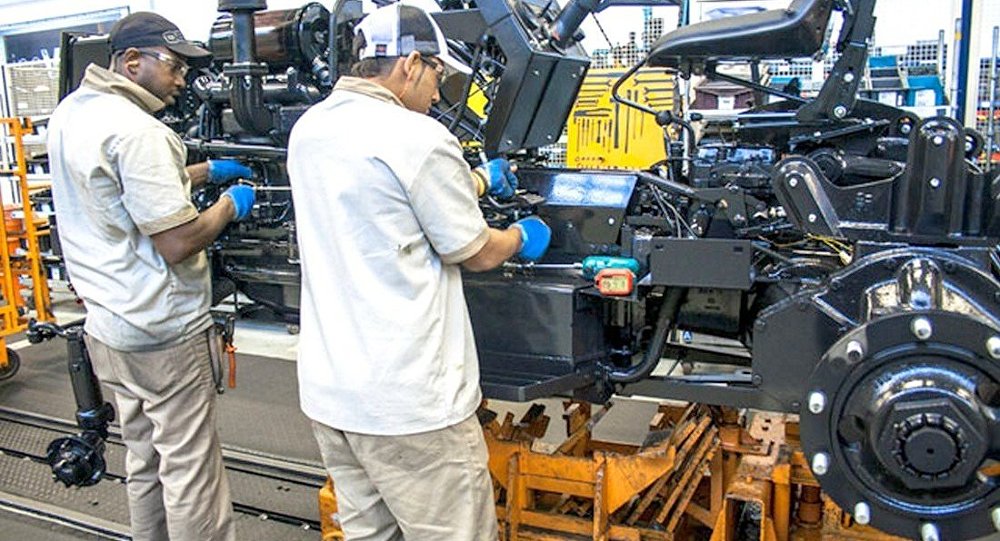RIO DE JANEIRO, BRAZIL – The first semester of the year saw stagnation in Brazilian industry, according to a survey by the National Confederation of Industry (CNI), released yesterday, August 1st. The research corroborates the poor performance of industrial activity in Brazil.

“The sector’s revenues fell one percent from those of the same period of 2018, hours worked in production remained stable, employment fell slightly by 0.1 percent, the actual salary bill declined by 1.9 percent, and the average actual worker income decreased 1.8 percent compared to the first half of 2018. The average capacity use in the first semester is 0.1 percentage point lower than the same period in 2018,” said CNI.
The June data shows that of all industrial indicators, only turnover recorded a favorable rate; the others retreated. According to CNI, after the 2.2 percent drop recorded in May, the industry’s revenues increased 0.3 percent in June compared to May in the non-seasonal series. The use of installed capacity fell 0.7 percent compared to May.
The actual salaries paid decreased 0.7 percent, similar to the drop in the average worker income indicator, which also dropped 0.7 percent in June in relation to May in the non-seasonal series. The June drop in the actual salary bill reversed the growth recorded in the previous two months and is 0.8 percent lower than in June of last year.
The number of hours worked in production fell slightly by 0.1 percent in June compared to May in the non-seasonal series. The survey also shows that employment remained stable in June. The data show that, in the last twelve months, the employment indicator was stable for seven months, dropping four months and growing only one.
“Industry ended the semester without progress in terms of activity and employment. It is clear that, in addition to the structural, long-term measures required for a new cycle of growth, short-term measures to boost the economy are also urgent and critical. The 0.5 percentage point reduction in the Selic rate was a crucial first step in this direction. There is room for further reductions. Additionally, measures to facilitate and reduce the cost of financing would also be very significant,” said CNI economist Marcelo Azevedo.

